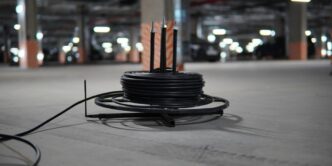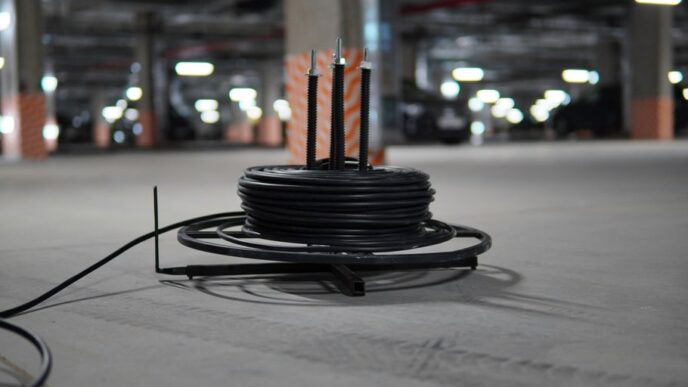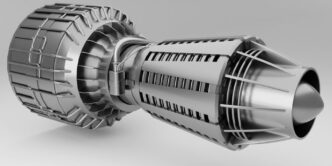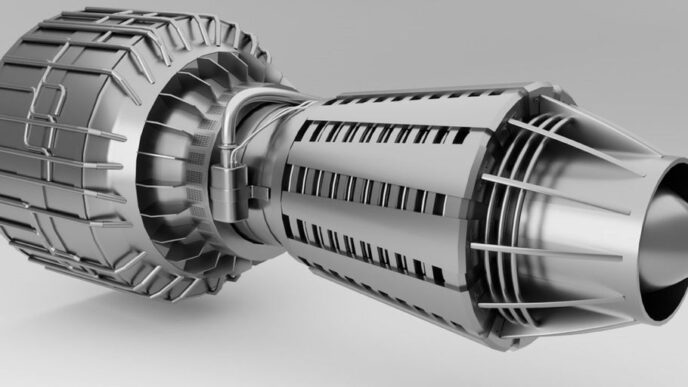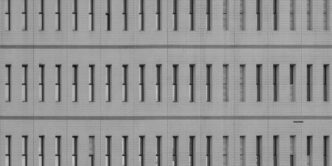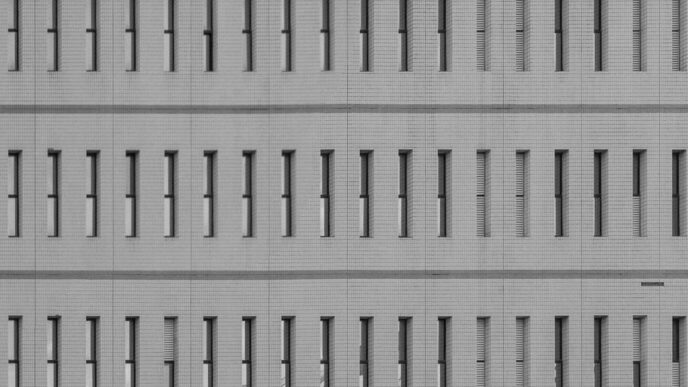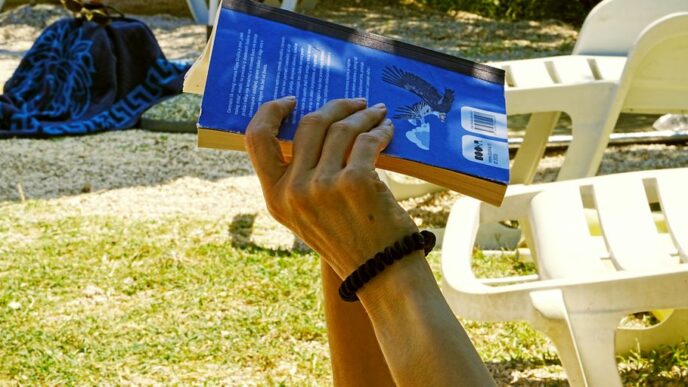In the ever-evolving landscape of wireless technologies, a new paradigm is emerging, and its name is Integrated Sensing and Communications (ISAC). Just as the Internet has ushered in various revolutionary concepts like the Internet of Things, Internet of Information, Internet of Bodies, Internet of Energy, and Internet of Money, ISAC is poised to redefine the entire segment, presenting the world with a novel frontier in wireless communication.
The Essence of ISAC and Applications Across Industries
ISAC stands for the seamless integration of wireless sensing and communication services, transcending the traditional boundaries that have separated these realms. It envisions a future where advanced technologies, including multiple-input and multiple-output (MIMO), millimeter-wave (mmWave), and terahertz (THz), work in concert to provide high-throughput, ultra-reliable, and low-latency wireless communications. Simultaneously, ISAC aims to deliver ultra-accurate and high-resolution wireless sensing capabilities, setting the stage for the sixth generation (6G) of wireless networks. The potential applications of ISAC are vast and transformative. In smart cities, smart manufacturing, and autonomous driving, ISAC promises to offer environment- and location-aware services. It opens avenues for real-time data exchange, enabling applications like traffic accident rescue, non-authorized eavesdropper monitoring, and service enhancement in temporary hot spot areas.
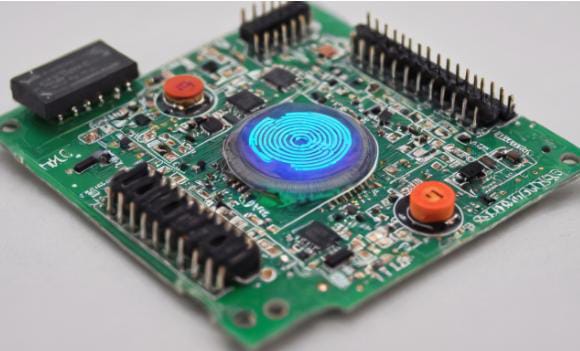
UAV-Enabled ISAC: A New Horizon, Challenges and Innovations
Drawing inspiration from successful unmanned aerial vehicle (UAV)-enabled communication projects, such as AT&T’s flying COW and Nokia’s F-cell, the integration of UAVs into ISAC has become a focal point. UAV-enabled ISAC envisions the use of drones as cost-effective aerial platforms, enhancing ISAC services. These UAVs, with their high mobility in three-dimensional space and robust air-ground line-of-sight channels, are poised to extend ISAC coverage, provide flexible surveillance, and elevate overall S&C performance compared to terrestrial ISAC networks. However, the new frontier of UAV-enabled ISAC introduces its own set of challenges. UAVs, whether fixed-wing or rotary-wing, must navigate constraints in size, weight, and power. Moreover, the strong air-ground line-of-sight links that are advantageous for ISAC introduce potential interference challenges. The flexible UAV placement and trajectory add new degrees of freedom for optimization, making the system design more intricate. Unlike conventional UAV-enabled communications, where the focus is on rate maximization, UAV-enabled ISAC systems require incorporation of radar sensing performance metrics, signal processing, and efficient cooperative mechanisms.
Research and Progress in ISAC
The advent of ISAC has sparked significant research interest and attention across academia and industry. Numerous publications have explored various facets of ISAC, from transceiver architecture and waveform design to signal processing and experimental performance demonstrations. Organizations and standards bodies, such as IEEE, have formed special interest groups and study groups dedicated to exploring the potential of ISAC in next-generation wireless systems. As ISAC continues to evolve, it holds the promise of transforming the way we perceive and interact with wireless communication and sensing. The integration of uninterrupted network connectivity and tactile technology is poised to be the next paradigm shift, enabling individuals to share knowledge, expertise, and technical skills in real-time across any distance. ISAC represents a monumental leap from virtual reality to synchronized reality, democratizing labor globally much like the internet has democratized knowledge. The journey of ISAC unfolds as a narrative of innovation, collaboration, and the relentless pursuit of a connected and sensor-rich future.
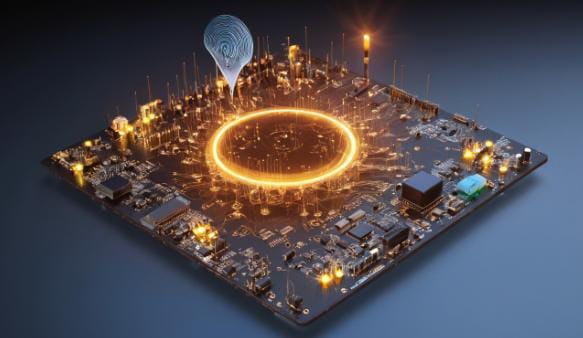
From research perspective, a number of well reputable universities have invested strong efforts into this new technology, integrated sensing and communications. For example, Fan Liu from Southern University of Science and Technology looks into reshaping the ISAC tradeoff under orthogonal frequency division multiplexing (OFDM) signaling through a probabilistic constellation shaping method, in a recent article of his along with Zhen Du, Yifeng Xiong, Tony Xiao Han, Yonina C Eldar, and Shi Jin. Zhen Du is with the Nanjing University of Information Science and Technology. Also, Y. Xiong is with the School of Information and Electronic Engineering, Beijing University of Posts and Telecommunications, Beijing, China and T. X.-Han is with Huawei Technologies Co., Ltd, Shenzhen, China. Y. C. Eldar is with the Faculty of Mathematics and Computer Science, Weizmann Institute of Science, Rehovot, Israel. Also, S. Jin is with National Mobile Communications Research Laboratory, Southeast University, Nanjing, 210096, China. In addition to such a diverse effort of universities working on ISAC. Some well known information theorists have also contributed to ISAC, such as Mehrasa Ahmadipour, Mari Kobayashi, Michele Wigger, Giuseppe Caire, in a paper entitled “An Information-Theoretic Approach to Joint Sensing and Communication” which appeared in the IEEE transactions on information theory in 2024.. Mehrasa Ahmadipour and Michèle Wigger are with LTCI, Telecom Paris. And Mari Kobayashi and Giuseppe Caire was with the Technical University of Munich. For information, Guiseppe Caire had been awarded the Leibniz Prize in 2021. From China all the way to France and Germany, we head to Abu Dhabi, where New York University researchers Akhileswar Chowdary, Ahmad Bazzi and Marwa Chafii had work relating to Hybrid Radar Fusion for Integrated Sensing and Communication. For information, Ahmad Bazzi is the inventor of decoding method for bluetooth to decode an radio frequency signal bearing a sequence of symbols modulated by Continuous Phase Modulation. All three researchers Akhileswar Chowdary, Ahmad Bazzi and Marwa Chafii are with the NYU university at Abu Dhabi.


